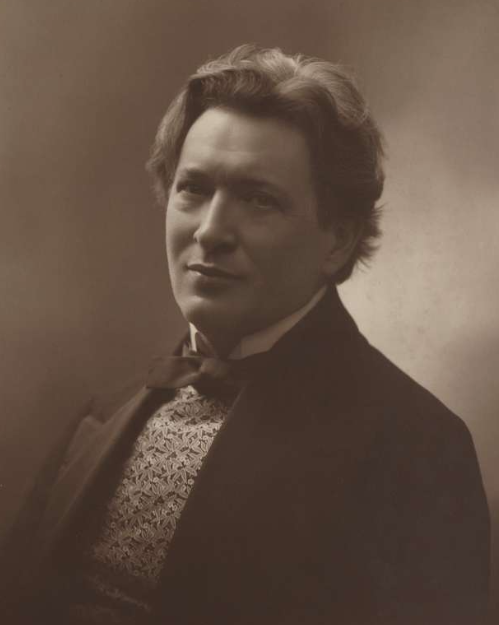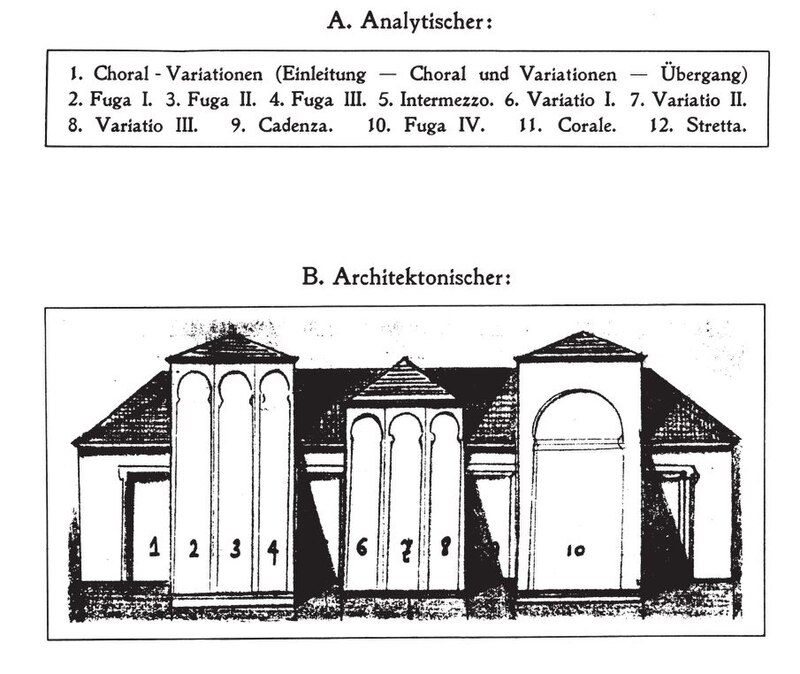
Ferruccio Busoni was an Italian composer and virtuoso pianist. He was born in 1866 to a clarinetist father and a pianist mother. His father soon took charge of the boy’s education, teaching him piano for several hours a day. His father also introduced him to many German composers, which would later influence his compositional style.1 By age seven he had written some of his first compositions and performed for small audiences. These little known compositions from his youth include a wonderful Marcia Funebre, BV 9, as well as many other miniatures and technical studies. In the year 1879, the young musician demonstrated his notable progress by performing Beethoven’s Waldstein Sonata.2 In this time he had made equal progress in the art of composing his own music as well. From an early age, he began numbering his works using opus numbers, but this is unreliable since many works were left without numbers, and some numbers have multiple works assigned to them. Therefore the most reliable numbering is that of the Busoni-Verzeichnis (BV or KiV). In 1886 he moved to Leipzig, where he met the composer Henri Petri. Petri’s son would later become one of Busoni’s greatest students.1 After teaching for a period of time in Finland, he moved first to Moscow, and later to Boston.3, 4 While in Boston, he performed several times with the Boston Symphony.4 For the next major period of his life, Busoni would dedicate himself to arranging and creating editions of music. In his own words, he chose to “conceal for the present” his talent of composing original works. Busoni began with works by J.S. Bach, specifically organ and keyboard works. He also created denser, more polyphonic arrangements of works by Franz Liszt, which in some ways improved the originals.3 These arrangements include an original introduction to Liszt’s Spanish Rhapsody, which pays respects to the old tradition of improvising introductions to pieces.1 Busoni’s greatest breakthrough came in 1904, when he released his tremendous Piano Concerto in C major, Op. 39. This masterpiece ranks among the greatest works for piano and orchestra. Its crown jewel is the fifth movement, which includes a male chorus, quite clearly inspired by a programmatic symphony by Liszt. Another great work from this time comes in the form of the forward thinking text Entwurf einer Neuen Aesthetik der Tonkunst, which outlines Busoni’s innovative musical philosophy.1 Busoni’s next masterpiece would be inspired by conversations with Wilhelm Middelschulte in Chicago. Middelschulte’s words would lead Busoni to compose a completion of Bach’s Art of Fugue.1 The result was the Große Fuge of 1910, which would later be revised as the Fantasia Contrappunctistica. From there he began work on his great opera Doktor Faust, which unfortunately he would not be able to complete. Busoni’s health declined and he passed away in 1924. The opera, which was based on the ever popular legend of Faust, would be completed by one of Busoni’s students.
Ferruccio Busoni was surely one of the greatest pianists of all time, but his greatest accomplishments were in the worlds of composition and arrangement. His style of composition was late Romantic at times, but he often moved away from the traditional understanding of harmony. Busoni also had a fascination with structure. He drew depictions of his large scale works as buildings, showing their structure and all the parts that make it up. These structured works would be a great inspiration to many composers who loved complexity, including Kaikhosru Sorabji and Ronald Stevenson. Busoni also composed pieces inspired by Italian and Native American music. These include the fourth movement of the Op. 39 concerto and the Indianische Fantasie.

1. “Ferruccio Busoni: His Life and Times”, https://www.rodoni.ch/busoni/Busoni_Bio.pdf
2. “Ferruccio Busoni”, https://www.busoni-mahler.eu/competition/en/ferruccio-busoni-biography/
3. “Ferruccio Busoni | Composer, Pianist, Conductor”, https://www.britannica.com/biography/Ferruccio-Busoni
4. “Pastoral and Pastiche: Sibelius’ Third and Busoni in Boston”, Kevin Wells, https://bachtrack.com/review-busoni-gerstein-oramo-boston-symphony-march-2017/
Recommendations
list here
